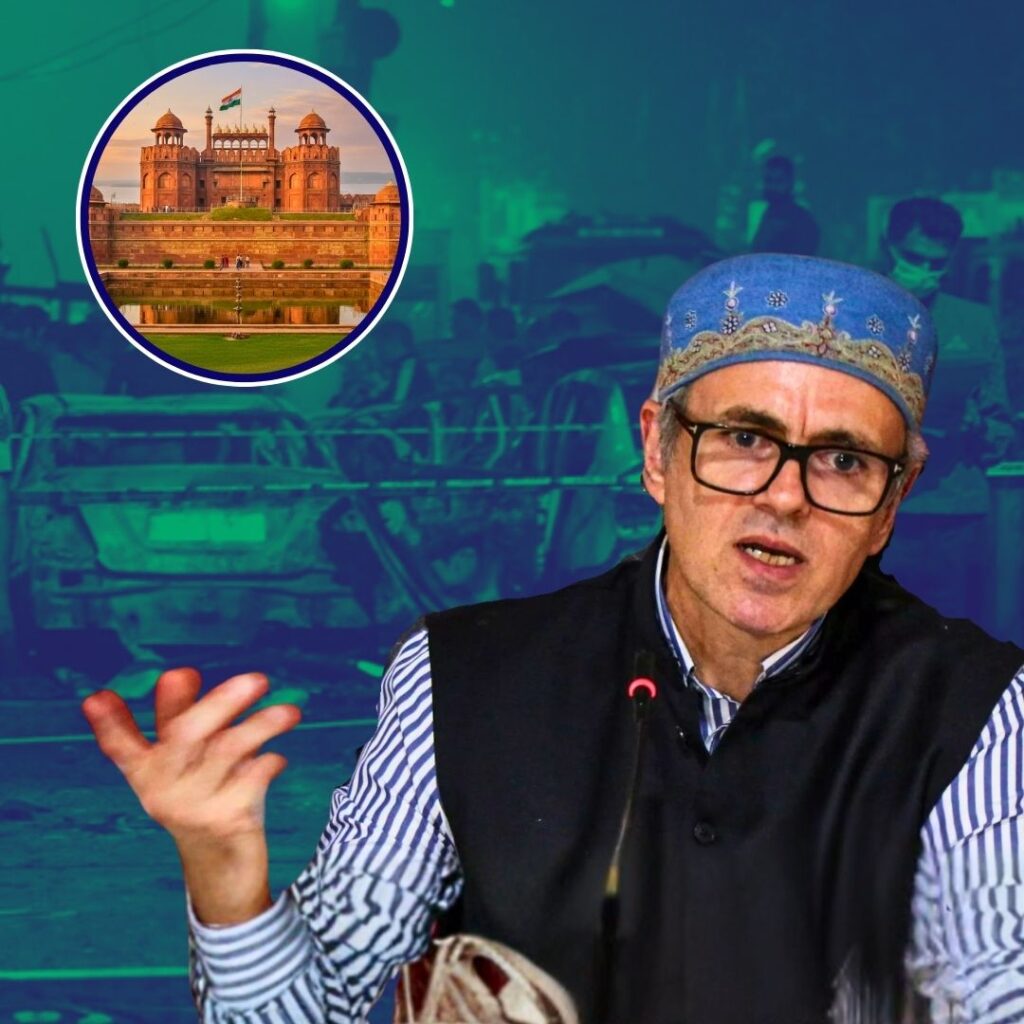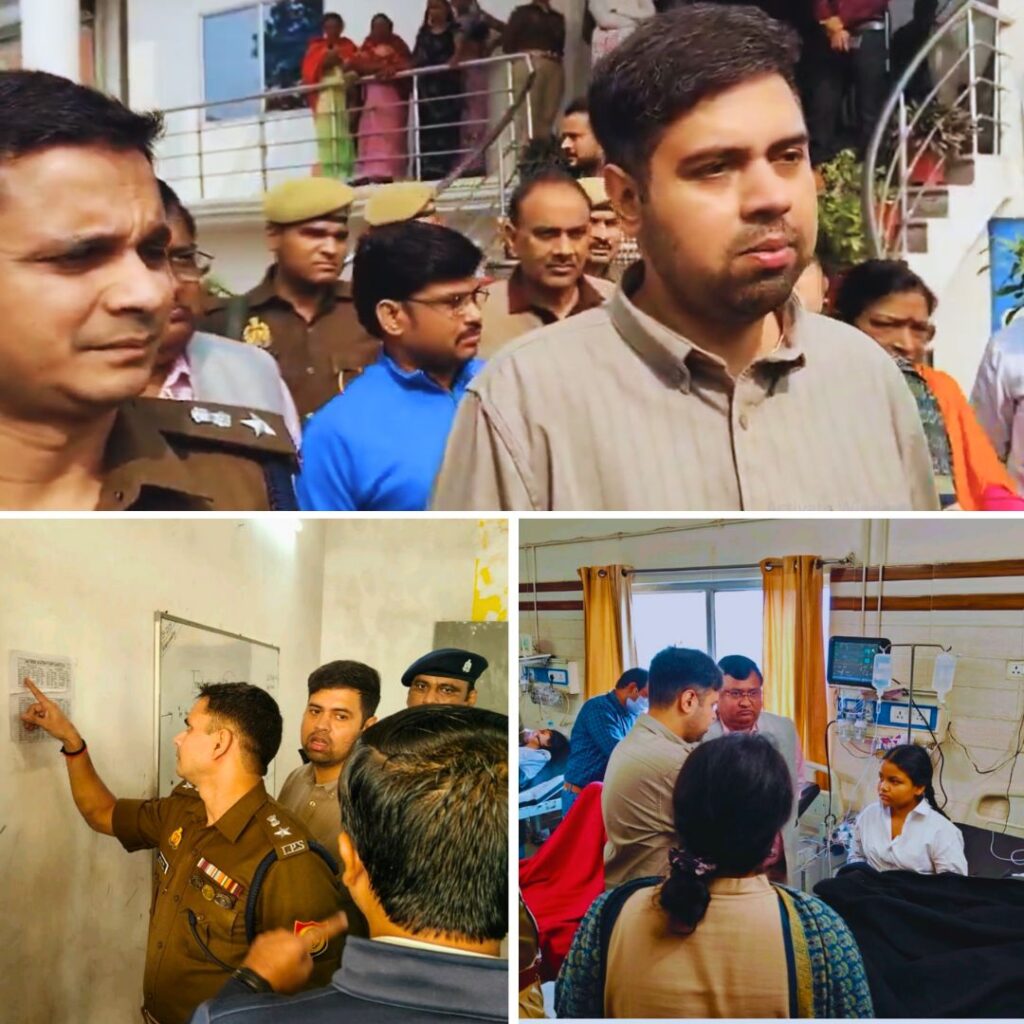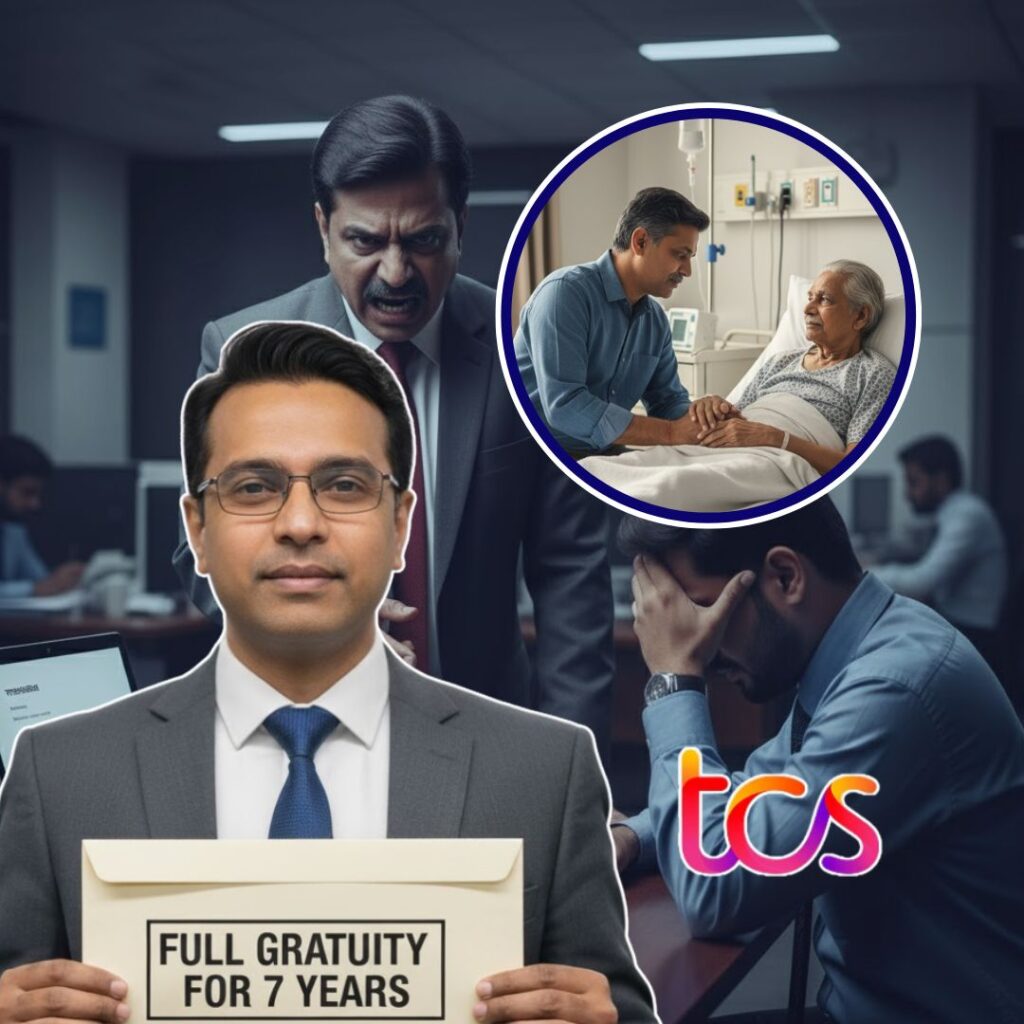I am visiting two nearby houses, to meet children with disability, supposedly by nuclear radiation pollution. I have read about it online, but am curious to see for myself. I’m in the Bango village of East Singhbhum district near Jadugoda, to see the evidence of radiation pollution on people’s lives.
Sanjay Gope
The first house is that of Sanjay Gope, who is 12 years old and developed severe muscular dystrophy at the age of 4. This condition meant that his movement was severely restrained and so was his speech. I notice how most houses in the village have short doorways that force you to bend while entering. When I entered, I saw that sitting cross-legged on a charpai on the right was Sanjay, a smile beaming from his face. “He has been like this for the past 8 years, restricted to this cot. One of us has to be here constantly, we cannot leave him by himself,” says his grandfather. I try to converse with Sanjay, but all he manages are muffled sounds. I show him some of the pictures that I have taken of him and he laughs with joy. Photographs, I think, connect people across languages, age groups and cultures. His grandfather shows us some medical reports and prescriptions.
Parvati Gope
Across the muddy street was the house of Parvati Gope, a 17-year-old girl who suffered from Lumbar Scoliosis, an S curve formation of her vertebral column. Parvati’s photos have been widely used by the anti-radiation poisoning movement, and I recognise her from the handouts I had seen earlier. Her father is rather annoyed as he mentions that a month ago, a news channel from the south of India had come and filmed a documentary on his daughter, but nothing came of it. “Everyone comes and shoots her pictures and videos, but no one ever does anything about her condition. She needs to be treated and we need money for medicines. I cannot afford her medicines forever.” Both these children display conditions that often occur in cities too and I am not fully convinced of the connection to nuclear poisoning.
Earlier that morning I was drenched in rain as I reached Jadugoda’s main chowk on cycle. The chowk is distinctly marked by the statues of Seedu and Kanu. This tribal revolutionary duo fought against the British for the rights of their Santhal community and against Zamindari in 1855.
Ashish Birulee, a young twenty-something boy who has been documenting radiation pollution through photographs, takes me to his house. His house has superhero figurines beside posters of radiation pollution.
“Where did you get all these posters from, Ashish?” I ask. “I attended these radiation poisoning conferences and events. I am the youngest, and quite possibly the only photojournalist from Jadugoda. Most photographs that you see on the internet about Jadugoda have been clicked by me, and I have taken the reporters and journalists to visit the community. I was invited to display these photographs in Brazil, Canada and Japan by the anti-radiation poisoning activists there.”
“How did you come to take these pictures, and why are you highlighting the issue of tribals affected by radiation poisoning?” my curiosity was growing by the minute. “Wait,” he said. “First let’s go to the villages, then we’ll sit and talk. The villagers are busy in paddy transplanting and you’ll get them only during lunch time, don’t miss the opportunity.”
I am introduced to Anupam Kar, who is in the 12th standard and has been closely working with Ashish for a couple of years. He hails from one of the villages, Bango, which we are about to visit. I hop on the bike, as this frail kid barely manages to keep the bike steady and we head to the villages a few kilometres away. We first visit the Government school in Bango and meet the headmaster to enquire if there are any children with physical deformities, to which he promptly replies in the negative. Last year, some doctors from Calcutta had conducted a medical camp in the Bango Govt. (Zilla Parishad) school, during which these cases were identified by them and have since undergone several tests and treatments. The principal’s outright denial of their presence was a little odd, but not entirely unexpected. We then decided to head to the village Bango directly, since Anupam knew the homes of some of the physically deformed children.
Rakesh Gope
The next house is that of Rakesh Gope, a school-going 13-year-old boy suffering from muscular dystrophy too. Only, in this case, he is extremely active and walks, albeit with severely arched feet and soles that are arched upwards, he also cannot talk normally. He has a brother and sister, who are both normal. The saving grace is that he goes to the same school as his siblings and that normalises his life to some extent. “How long can we provide for his medicine? We don’t even know how long he will live,” his father opens up to the miseries of providing for this medicines with a meagre farming income. He makes Rakesh walk and run for us, parading his condition…











